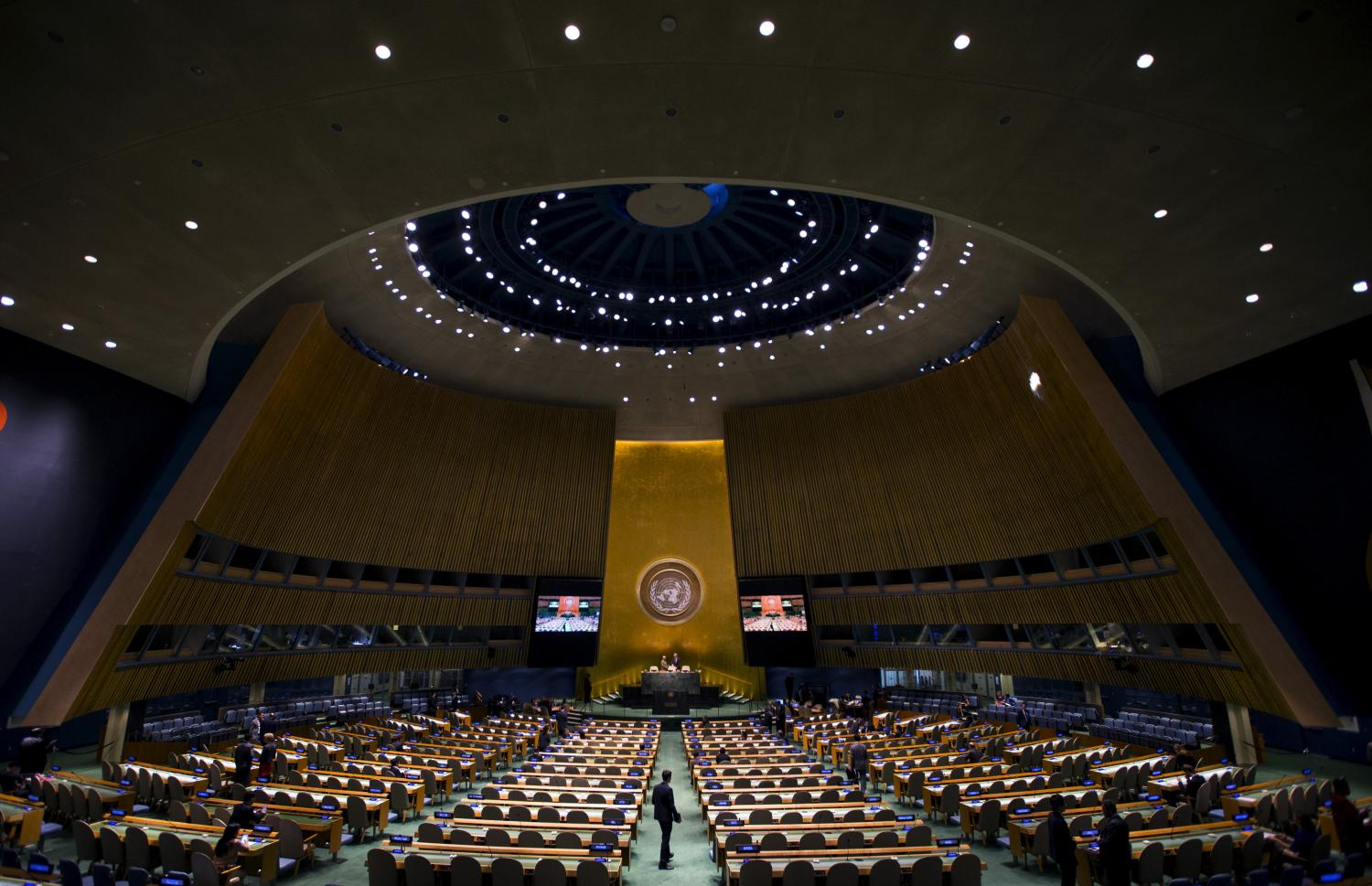Without question, China-Japan relations deteriorated for a decade after 1995. On a number of issues the two countries took different positions.
- China regarded the policies adopted by Taiwan’s democratically elected leaders as a challenge to its fundamental interests.
- Japan worried both that it might get drawn into a Taiwan conflict on the side of the United States and that a PRC takeover of Taiwan would threaten its energy lifeline to the Middle East.
- A long festering conflict over who owned the Japan-controlled Senkaku/Diaoyu Islands threatened to spin out of control.
- A common desire to exploit oil and gas resources in the East China Sea fostered competing claims on how to divide up the ocean floor and, as the two sides moved toward drilling, the danger of conflict grew.
- In the six-party talks on North Korea’s nuclear program, Tokyo and Beijing differed on the salience of accounting for Japanese citizens that Pyongyang had abducted in the 1970s and on how much China should inflict economic pressure on the Kim Jong Il regime.
- Koizumi Junichiro, Japanese Prime Minister from 2001 to 2006, made repeated visits to the Yasukuni Shrine. Because the spirits of fourteen Class A war criminals were enshrined there, China made the visits an obstacle to normal political relations.1
- Because of Yasukuni, China vigorously opposed a Japanese bid in 2005 to become a permanent member of the UN Security Council.
In the background was the gradual yet systematic growth of Chinese military power, particularly the acquisition of air and naval capabilities would give Beijing the option of projecting power east towards Japan. Complicating matters was the politicization of the relationship by publics in both countries. In China, public opinion was emerging as a potent factor in the conduct of foreign policy. China’s victimization at the hands of Japan during the first half of the twentieth century affected how ordinary Chinese viewed Tokyo’s twenty-first century actions. In Japan, generations who did not remember the war grew tired of China’s criticizing their country for its awful deeds before 1945 and its disregard for the good things Japan had done since.2
Identifying the negative trend and the issues is relatively easy. But explaining why it occurred is harder. Possible answers are: leaders’ choices, public nationalism, and the dynamics of domestic politics. Or does the reason for the tensions lie deeper? Is it in some sense structural, driven by dynamics over which the two nations’ leaders have limited control, or bound up in conflicting ways that China and Japan define themselves and each other?
The most cogent case for structural causes comes from Michael Green. For the first time in over a century, he argues, China and Japan have similar levels of national power and face unanticipated realities. Tokyo expected China to accept its leadership of Asia based on its economic prowess (and assumed it would always have the larger economy). China assumed that Japan would remain an “economic power” and not seek to be an Asian political power or military power, leaving those roles to China. Each had to face the fact that old accustomed levers— Japan’s economic assistance and China’s history card—no longer had much pull.3 And both worried that Northeast Asia wasn’t big enough for two major powers. As the Chinese say, “Two tigers can’t lie on the same mountain” (Yishan burong ehrhu).
In this paper, I argue the tensions have a structural basis and can be best understood with the concept of the security dilemma, as a growing number of scholars on Japanese and Chinese foreign policy have suggested.4 This concept, from the defensive realism school of international relations theory, seems appropriate because it elucidates the dynamic between two actors who objectively have significant reasons to cooperate but whose relationship becomes dominated by mutual fear. But I go beyond the tendency of most scholars to simply assert that a security dilemma exists. Instead, I explore whether the concept can be operationalized in a meaningful way that clarifies what was going on between Beijing and Tokyo.
I conclude that a narrow version of the concept—a general spiral of mutual fear and capability-acquisition— is only moderately helpful in understanding these bilateral tensions. I argue that the interaction of China and Japan on specific issues was also important in fostering mutual suspicion and response. In addition to this more materialist approach, I suggest in a more constructivist vein that the two countries view these security interactions through lenses defined by their historical experience. Each side interprets today’s relations more negatively because of their memories of the past.
Finally, how we explain the decade of deterioration is more than a subject for intellectual speculation. If Japan and China wish to stop or reverse the deterioration, they must do so in a way that targets why it occurred in the first place. If they address issues that are in fact symptoms rather than causes, then any improvement in relations may be ephemeral and temporary.
The Brookings Institution is committed to quality, independence, and impact.
We are supported by a diverse array of funders. In line with our values and policies, each Brookings publication represents the sole views of its author(s).




